A WHO advisory committee outlined a new set of definitions that more accurately reflect the science of airborne disease transmission.

www.statnews.com
(fair use applies)
Covid ignited a global controversy over what is an airborne disease. The WHO just expanded its definition
By Megan Molteni
April 18, 2024
In the chaotic first few months of the Covid-19 pandemic, stores faced shortages of all kinds — toilet paper, canned food, and especially, cleaning supplies. With everyone scrubbing their groceries, mail, even library books, good luck finding antibacterial wipes or disinfectant sprays back then. That’s because public health advice in early 2020 focused on sanitizing surfaces, not protecting against a virus that could be spread through the air.
Much of that guidance could be traced back to the World Health Organization, which stated early on, and unequivocally, that Covid-19 was not an airborne disease. Even as evidence grew that coronavirus-laced particles could linger in the air indoors and infect people nearby, and researchers raised the alarm about the risks this posed to health care workers and the general public, the WHO didn’t acknowledge that Covid was airborne until late 2021.
Part of what took so long was an entrenched disconnect between how different kinds of scientists and physicians use words like “aerosol”, “airborne” and “airborne transmission.” Those differences sowed confusion and escalated into a series of ugly skirmishes on social media.
To address the confusion and the ensuing controversy, in November 2021, the WHO assembled a group of experts to update its formal guidelines for classifying the different routes that pathogens take from one person to another.
On Thursday, after more than two years of discussions, that group published a report outlining a new set of definitions that more accurately reflect the state of the science of disease transmission. The experts divided transmission into routes that involve direct contact through touching infected surfaces or other people and others that involve the air. The latter route was dubbed “through the air transmission” and was further subdivided into “direct deposition,” which refers to larger particles that strike the mucus membranes of the eyes, nose, or mouth and “airborne transmission/inhalation,” in which smaller particles are inhaled into the lungs.
Up until now, the WHO’s stance had been to reserve the term “airborne” for only a few select pathogens that have been demonstrated to float in the air and infect people across long distances, like measles and tuberculosis. Most respiratory pathogens were recognized to spread via “droplet transmission,” where infectious droplets are projected out of a sick person, via coughing or sneezing and land directly on a bystander’s mouth, eyes, or nose.
The updated guidelines don’t rely on droplet size or distance spread — and the changes could have big and expensive consequences for how countries set infection control standards and prevention measures going forward.
“It was contentious at times,” said Linsey Marr, an environmental engineer at Virginia Tech and a member of the advisory group. She admitted that some of the language is “clunky,” but the important thing is that the science is right, she said. “For communication with the public, the biggest thing that comes out of this is now we can say the word airborne. Before, public health officials were tiptoeing around that word and people didn’t understand why.”
Notably, the group was made up of not just public health and medical professionals but engineers and aerosol scientists — people like Marr who study how viruses move in and out of bodies and through the environment at a fundamental, physical level.
“That is a perspective that WHO lacked in the past,” she said.
The longstanding tradition among the medical professionals and infection control experts was to draw a hard line between viruses that can linger in the air in particles smaller than 5 microns and viruses that can only travel over a short range in ballistic-style droplets. Small equals airborne equals hospital isolation rooms, respirator masks, and other costly control measures. Big equals droplet equals wash hands, keep your distance and hope for the best.
But in the last few decades, engineers and other scientists who study the physics of disease transmission have found that 5-micron distinction to be flawed. In fact, infectious particles exist on a spectrum of size, and dense clouds of tiny particles can infect people even at short range. The new guidelines reflect that reality.
“It’s a step in the right direction, especially getting on the same page about recognizing that distance does not tell you much about the mode of transmission,” said Don Milton, an occupational health physician who studies aerosol transmission of infectious diseases at the University of Maryland and another member of the advisory committee.
While the group reached consensus on defining terms, it did not come to agreement about the implications of these definitions for informing infection prevention and control policy.
The report noted that effectively counteracting the risk of disease spread from smaller infectious respiratory particles at both short and long range would involve masks, isolation rooms, and other substantive measures, currently referred to as “airborne precautions.” But it did not recommend that such measures be used in all situations involving pathogens that can spread through the air.
“What I think this really requires in response is a much more nuanced risk assessment that takes into account the three modes of transmission and levels of morbidity and mortality that result from infection and the risk profile of the population that you’re trying to protect,” Milton said. “But that makes it really complicated. The problem really is that practitioners tend to want something black and white.”
Jose-Luis Jimenez, an aerosol chemist at the University of Colorado Boulder, has been an outspoken critic of the WHO’s stance on Covid transmission. “The bigger battle is when do you need to protect against inhalation? That’s what they basically have punted here,” he said.
With that unresolved, his concern is that little will actually change; that economic and political forces will swamp the science and that people will continue to get sick and suffer so that hospitals and other businesses don’t have to invest in cleaner indoor air. But he also feels relief that the global health establishment has at long last embraced disease transmission as a multidisciplinary problem.
“It feels like finally the end of the most stubborn and senseless resistance to accepting this science,” Jimenez said. “Anything we build now we build over the right foundation. It’s also frustrating that it has taken so long. But it’s good. It’s progress.”
At a press conference Thursday morning, WHO chief scientist Jeremy Farrar didn’t shy away from the fact that much work remains. “This is basecamp,” he said. From here, he stressed the importance of keeping this multidisciplinary group of experts together to conduct more science to improve infection control practices for the diseases we know about today and the novel infections we may face in the future.
“I don’t think we could have done that two years ago with a diverse group of people,” Farrar said. “I think we can now because the terminology has been agreed.”






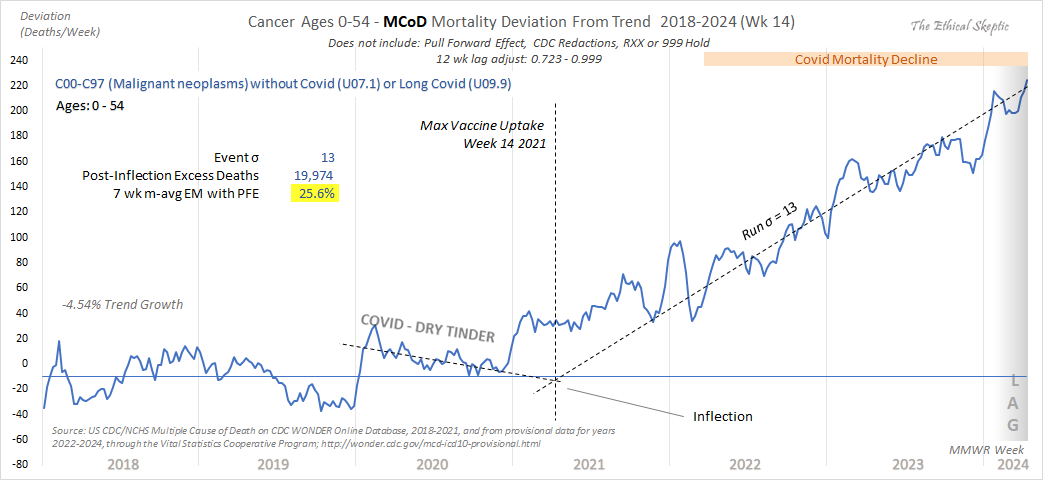


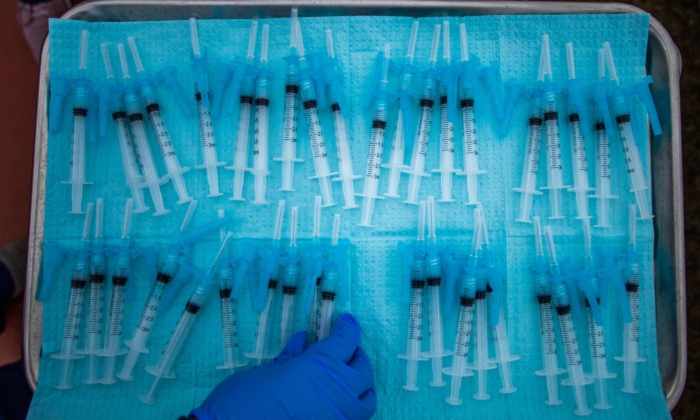
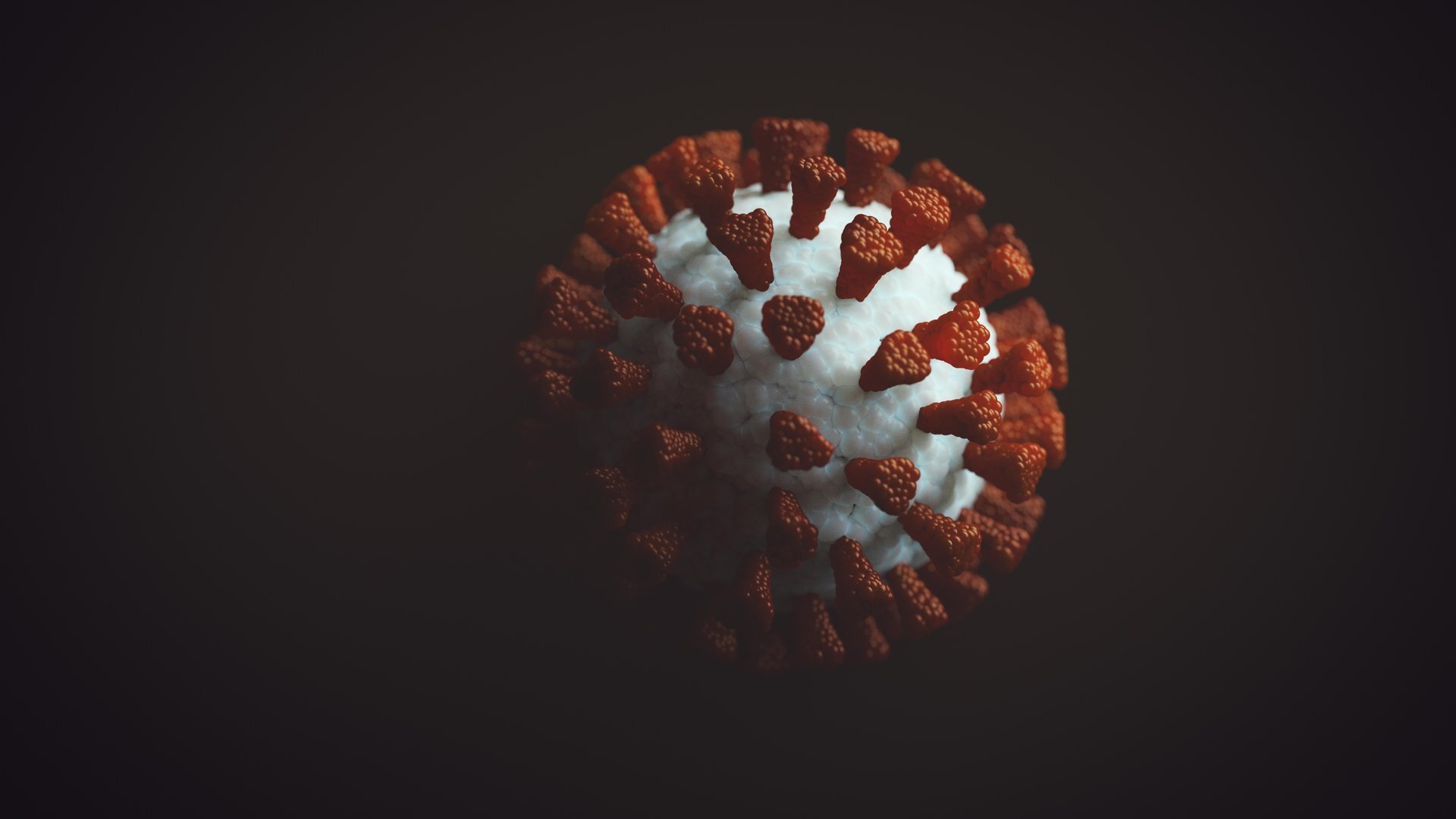
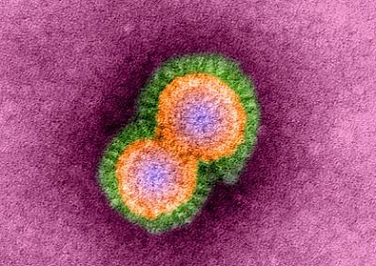
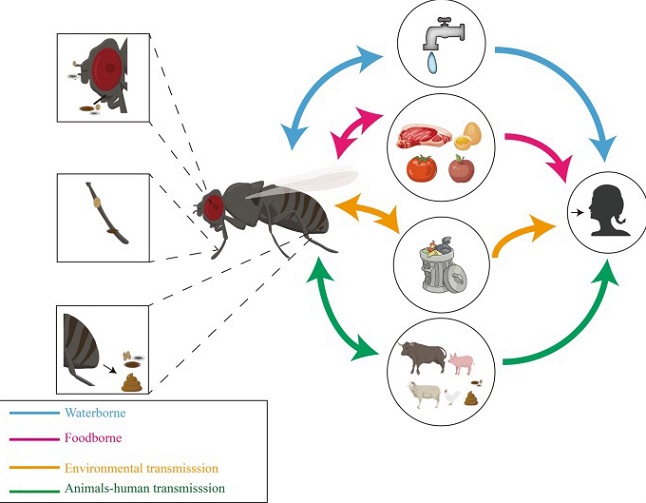
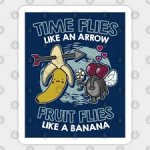


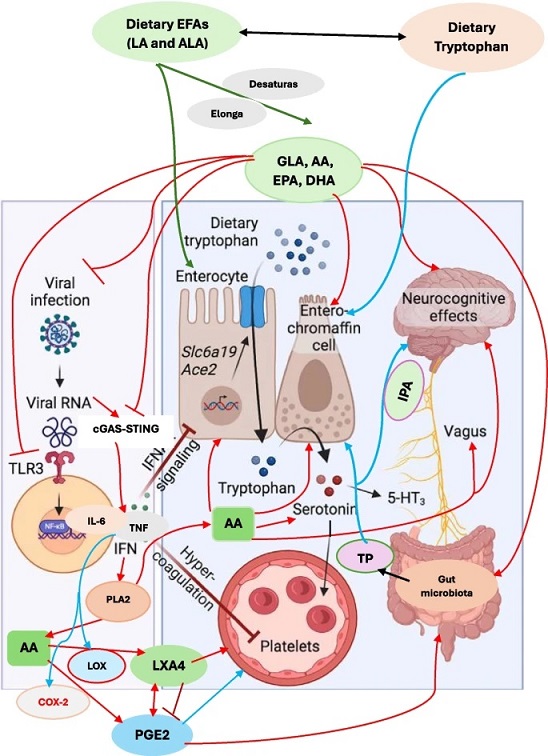

 Spring, summer, and fall I keep them in the kitchen, dining room, and living room.
Spring, summer, and fall I keep them in the kitchen, dining room, and living room.